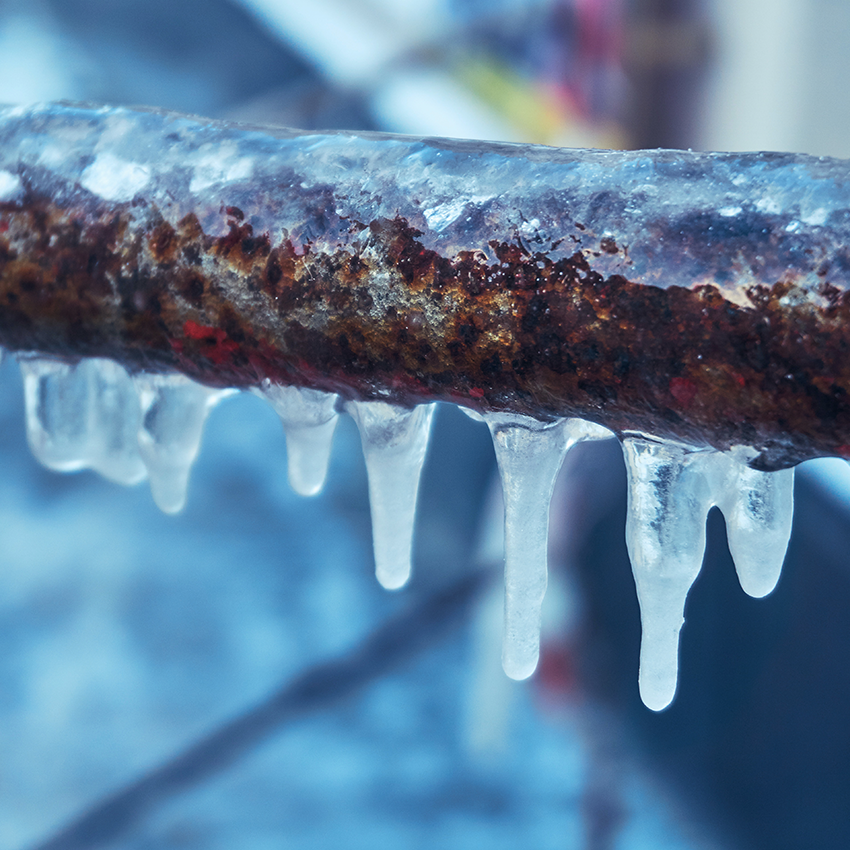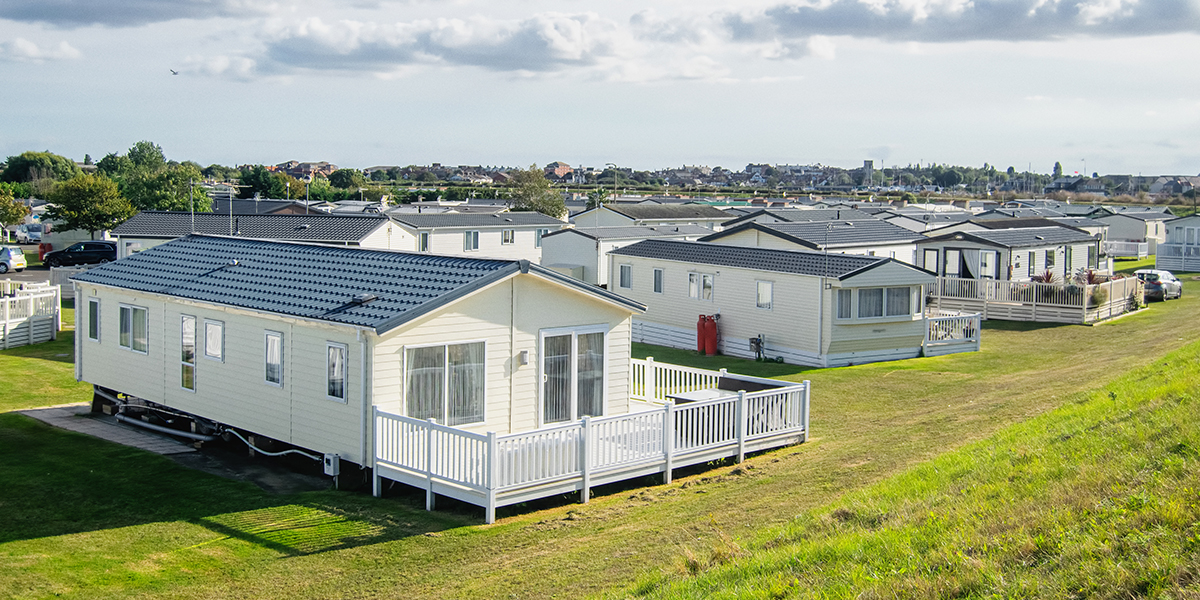As temperatures begin to dip below freezing in parts of the country, it’s important to be aware of the cold weather’s impact on your building’s water pipes. Frozen pipes commonly occur in places exposed to the elements such as outdoor hose bibs, and water supply lines in unheated interior areas like basements, crawlspaces, and even kitchen cabinets. As the water in your pipes begins to freeze, the expansion places tremendous pressure on the pipe wall. Regardless of quality and strength, expanding water can cause pipes to break.
Pre-Season Preparation
Before winter is in full swing, you can prevent the likelihood of pipe freezing by following these recommendations:
1.) Locate all of your property’s shut off valves and make sure they work.
2.) Drain the water from swimming pools, irrigation lines and hose bib supply lines.
3.) Identify areas where pipes may subject to severe cold (outdoor faucets, walls, ceiling, crawl spaces, windows, etc..) and insulate both hot and cold water pipes.
4.) Seal any gaps around the property where cold air may penetrate and come in contact with piping. Even the tiniest opening can let in enough cold air to cause a pipe to freeze.
5.) Consider installing specific products such as insulating domes, pipe sleeves or UL listed heat tape to prevent freezing.
Ongoing Prevention
During days of extreme cold, take preventive action by…
1.) Opening cabinet doors to allow warmer air to circulate around the plumbing.
2.) Allowing cold water to drip from faucets served by exposed pipes. Running water through the pipe helps prevent pipes from freezing.
3.) Keeping the thermostat set to the same temperature (no lower than 55° F) both during the day, and at night. You may incur a higher heating bill, but you can prevent a much more costly repair job from pipe freezing.
Thawing Frozen Pipes
If you experience a “no flow” situation:
1.) Turn off the property’s main water valve and leave the faucets open until pipes thaw.
2.) Do not apply open flame, electronic heaters, or hair dryers directly to the piping. Patience and a warm environment are the best way to thaw pipes without causing damage.
3.) When turning the main water valve back on, have one person slowly turn the valve on while another person walks the property to be sure no water is leaking. If water is flowing, immediately turn off the property’s main water valve and open faucets in the lowest part of the property, i.e. basement laundry sink.
Monitoring for Leaks and Efficiency
For added assurance, consider utilizing WaterSignal. Our breakthrough remote water monitoring technology uses a non-intrusive device to continuously read water meters and wirelessly send the data to a secure website portal. In turn, property owners and managers are able to view real time water consumption from any internet-enabled device. If a major leak occurs, WaterSignal immediately sends an alert. The alert can be sent to both a computer and a smartphone for the manager to act upon, and can be customized for business hours, as well as after hours and weekends.
While the WaterSignal monitoring system can help reduce the catastrophic costs associated with undetected leaks, the data the system collects plays a vital role in the building manager’s water conservation efforts as well.
For more information about WaterSignal, contact us today.




